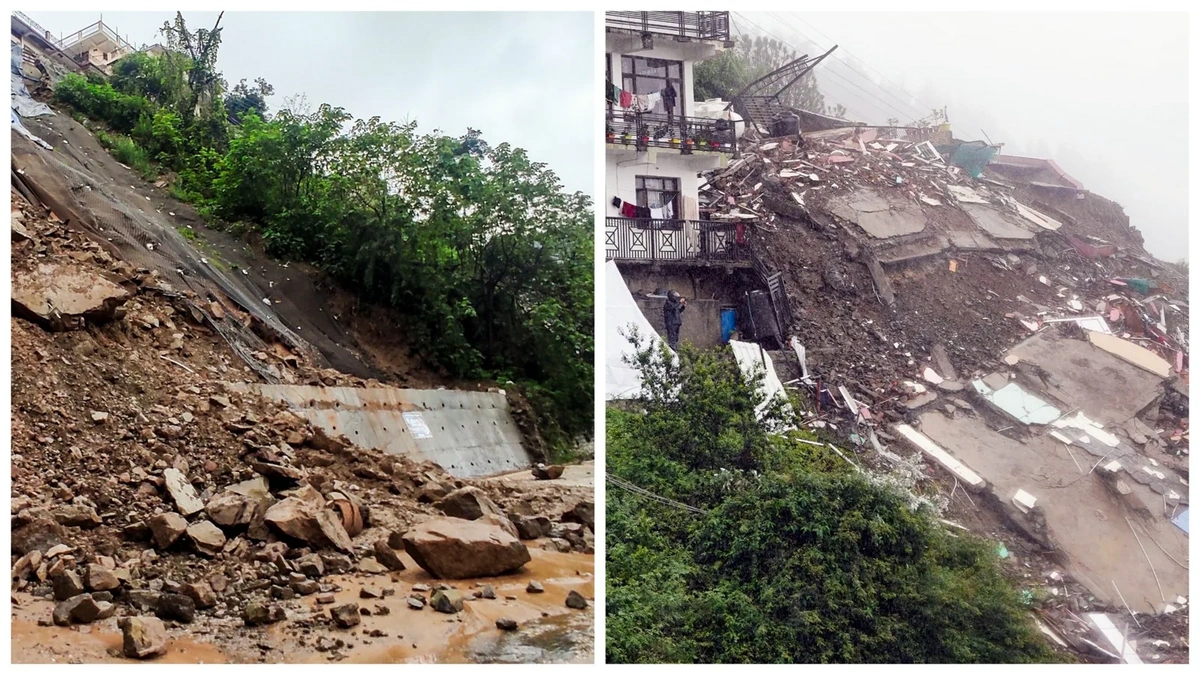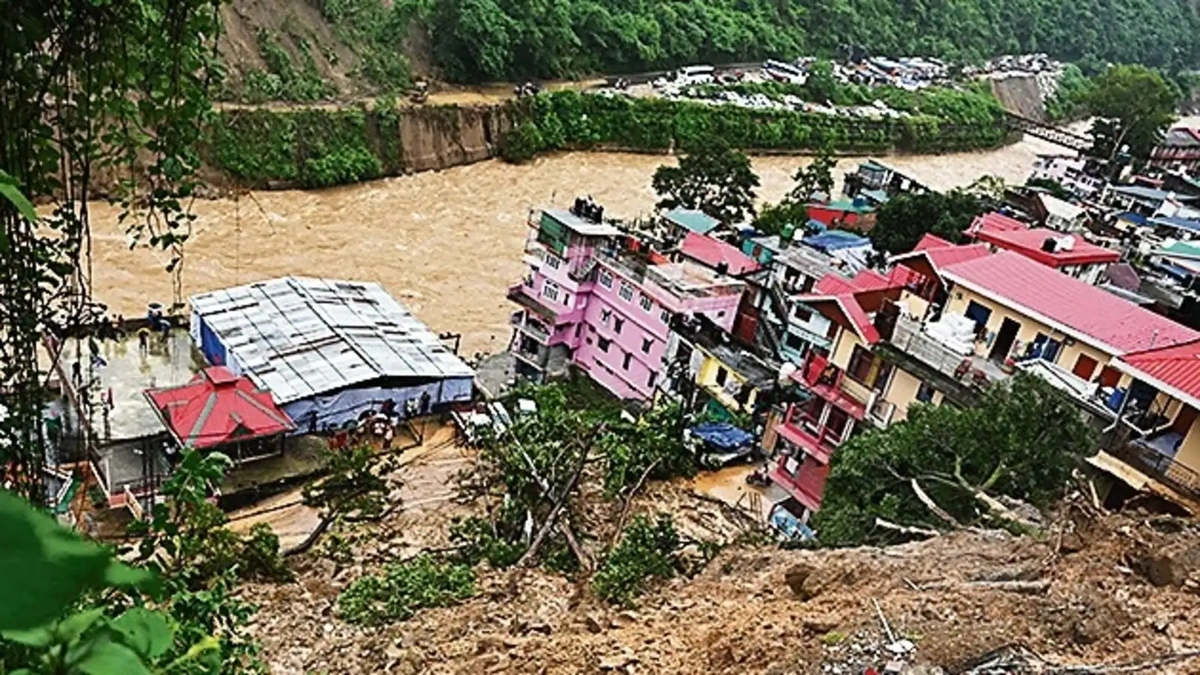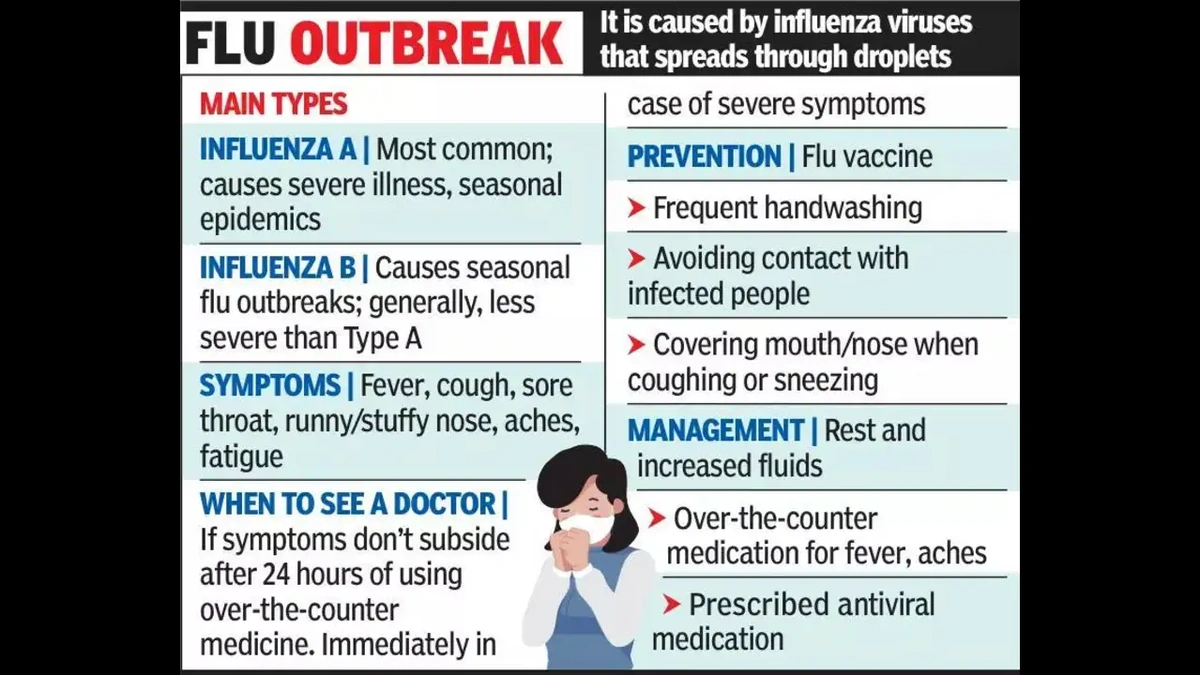Tragedy in Himachal Pradesh | Landslide Buries Bus, Claiming at Least 15 Lives
The mountains are beautiful, aren’t they? Majestic peaks, crisp air… postcard perfect. But they can also be incredibly unforgiving. And sometimes, that beauty masks a lurking danger. This week, Himachal Pradesh experienced a tragedy that’s all too familiar in these parts: a devastating Himachal Pradesh landslide that buried a bus and claimed the lives of at least fifteen people. But here’s the thing – the news reports tell you what happened. I want to explore why this keeps happening, and what it really means for the people who call these mountains home.
The Recurring Nightmare | Why So Many Landslides?

Let’s be honest, landslides in the Himalayas aren’t exactly breaking news. They’re a grim reality, especially during the monsoon season. The heavy rainfall saturates the already fragile soil, turning hillsides into treacherous slopes. But it’s not just the rain. What fascinates me is how much human activity plays a role.
Think about it. Unplanned construction, rampant deforestation to make way for hotels and roads, and the destabilizing impact of mining – it all adds up. We’re essentially poking the bear, and the mountains are pushing back. The Himalayas, geologically young and still evolving, are particularly susceptible. The rocks are fractured, and the slopes are steep. According to experts, the region falls under seismic zone IV, which means it is prone to earthquakes. When you combine that with heavy rainfall and unchecked development, you’ve got a recipe for disaster. And the worst part? We keep ignoring the recipe, and then act surprised when the cake explodes. The fragility of the Himalayan ecosystem is something we tend to conveniently forget.
Beyond the Immediate Tragedy | The Ripple Effect
Okay, so a bus was buried. Lives were lost. Horrific, undoubtedly. But the impact stretches far beyond the immediate victims. Consider the families left behind, the economic disruption to already struggling communities, and the psychological trauma that lingers long after the debris is cleared. These are the things that often get glossed over in the headlines.
And there’s also the long-term environmental impact. Landslides can alter river courses, destroy habitats, and contaminate water sources. Imagine being a farmer whose land is now buried under tons of rubble, or a villager who has to walk miles to fetch clean water because the local spring is now polluted. These are the everyday realities that people in these regions face, often with little or no support from the government. The environmental cost is severe and has long-term implications for the entire region. The incident serves as a harsh reminder of the ecological vulnerability of mountainous areas, particularly in the face of climate change and human interference.
Can Anything Be Done? Mitigation and Prevention Strategies
The million-dollar question, right? Is there anything we can do to prevent these tragedies from happening again? Well, here’s the thing: landslides are a natural phenomenon, and we can’t eliminate them entirely. But we can certainly reduce the risk through a combination of careful planning, sustainable development, and proactive mitigation measures.
For starters, we need stricter regulations on construction and land use in vulnerable areas. No more building hotels on unstable slopes, no more unchecked mining operations. We also need to invest in early warning systems and disaster preparedness programs. Imagine having sensors that can detect ground movement and trigger alerts, giving people precious minutes to evacuate. And perhaps most importantly, we need to educate communities about the risks and empower them to take action. Because ultimately, the people who live in these mountains are the ones who are most vulnerable, and they’re the ones who need to be at the forefront of any solution. Check out this articlefor ways to prepare.
Reforestation efforts are also crucial. Planting trees helps to stabilize the soil and reduce erosion. But it’s not just about planting any tree – it’s about planting the right trees, native species that are adapted to the local environment.
And let’s not forget the role of technology. Advanced satellite imagery and remote sensing techniques can help us to identify areas that are at high risk of landslides, allowing us to take preventative measures before disaster strikes. It’s time to embrace innovation and use it to protect our communities. A common mistake I see is not leveraging technology to the fullest. Also, consider the long-term ecological impact of these disasters on Himachal Pradesh’s infrastructure and natural resources.
The Climate Change Connection
Let me rephrase that for clarity: we can’t talk about landslides without acknowledging the elephant in the room – climate change. Rising temperatures, changing precipitation patterns, and more frequent extreme weather events are all exacerbating the problem. The monsoon season is becoming more erratic, with longer dry spells followed by intense bursts of rainfall. This puts immense pressure on the already fragile mountain ecosystems. As per the latest IPCC report, these trends are only going to intensify in the coming years, meaning that landslide occurrences are likely to become more frequent and more severe. The impact of climate change on regional weather patterns cannot be ignored when discussing the increasing frequency of landslides.
So, what does this mean for Himachal Pradesh? It means that we need to adapt. We need to build more resilient infrastructure, develop more effective early warning systems, and implement more sustainable land management practices. And we need to do it now. Because the longer we wait, the more devastating the consequences will be. According to the geological survey of India, there has been a significant rise in landslide vulnerability and the areas affected are steadily increasing.
The role of deforestation, unchecked tourism, and infrastructure development is something we need to analyze. The key is to balance economic development with environmental protection. You can learn more about safety measures in emergencies from the National Disaster Management Authority (NDMA) website .
Learning from the Past, Building a Safer Future
The tragedy in Himachal Pradesh is a wake-up call. It’s a reminder that we cannot take the mountains for granted. We need to respect their power, understand their vulnerabilities, and work together to build a safer and more sustainable future. It’s not just about preventing landslides – it’s about protecting lives, livelihoods, and the natural beauty of this incredible region. It’s a call for urgent action. Let’s use this tragedy as an opportunity to learn from our mistakes and create a more resilient future for the people of Himachal Pradesh.
Here’s what this signals about the Himachal Pradesh landscape ; we can preserve it if we take the right action. Let’s explore ways to protect the environment further, check out this article.
FAQ Section
Frequently Asked Questions
What causes landslides in Himachal Pradesh?
Heavy rainfall, deforestation, construction, and seismic activity contribute to landslides in the region. The fragile geology of the Himalayas exacerbates the problem.
How can landslides be prevented?
Stricter regulations on construction, reforestation efforts, early warning systems, and community education can help reduce the risk.
What is the role of climate change in landslides?
Climate change is exacerbating the problem through changing precipitation patterns and more frequent extreme weather events.
What can I do to help?
Support organizations working on disaster relief and sustainable development in the region. Advocate for responsible tourism and environmental policies.
Where can I find updates and information about safety measures?
Check the National Disaster Management Authority (NDMA) website for the latest updates and guidelines.
How does unplanned construction contribute to the problem?
Unplanned construction often destabilizes slopes and removes natural vegetation, increasing the risk of landslides.













